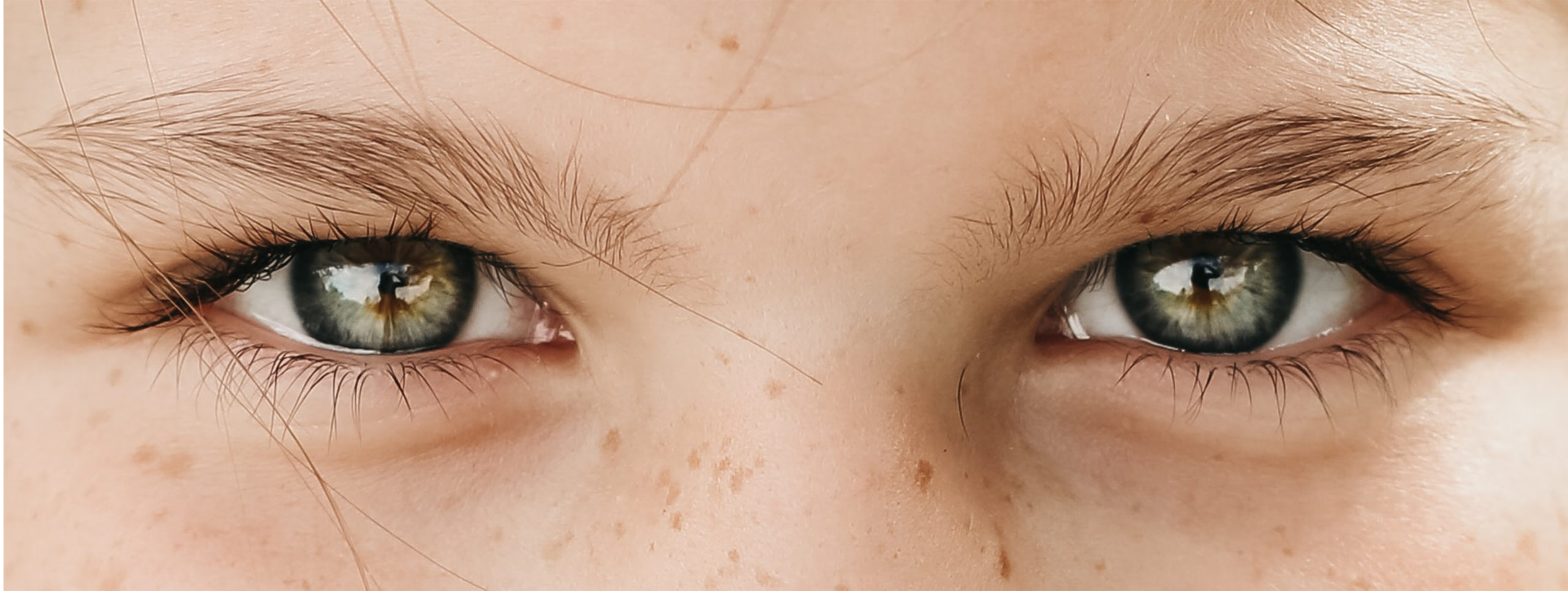Visual Perception — Not Just 20/20 Vision
 Sight is the ability to see, but vision is something much more encompassing. Visual perception is our ability to understand, interpret, and respond to the information that we “see” with our eyes. Commonly we think that if we have 20/20 eyesight then we have good vision. This is not necessarily true. There are many more skills that the eyes must be able to master in order for us to have appropriate vision. When a child has not properly developed his or her visual skills, it can manifest as difficulty in school. Consequently, kids with visual perception problems are labeled as lazy, being a slow learner, dyslexic, working below potential, immature, “at risk”, having a behavior problem, or having attention deficit disorder.
Sight is the ability to see, but vision is something much more encompassing. Visual perception is our ability to understand, interpret, and respond to the information that we “see” with our eyes. Commonly we think that if we have 20/20 eyesight then we have good vision. This is not necessarily true. There are many more skills that the eyes must be able to master in order for us to have appropriate vision. When a child has not properly developed his or her visual skills, it can manifest as difficulty in school. Consequently, kids with visual perception problems are labeled as lazy, being a slow learner, dyslexic, working below potential, immature, “at risk”, having a behavior problem, or having attention deficit disorder.
Visual Perception Skills
- Eye Tracking and Fixation: This is the ability to use fine eye movements to follow objects such as a line of print when reading and fixate on each object, letter, or word.
- Eye Focusing: The ability of the eyes to focus on objects/words close to our face for extended periods of time and jump from close to far away and close again such as looking from the board to the desk during school activities.
- Eye-Teaming: Ability of our eyes to work together to prevent double vision, visual fatigue, and poor attention.
Assumptions regarding vision can result in visual perception impairments being overlooked. These assumptions include1:
- Parents assume their child has perfect vision if they passed a vision screen or test or if they have 20/20 vision.
- Teachers assume that if a student can see letters on the board easily then they should be able to read letters in a book for extended periods of time without difficulty.
Currently it is estimated that 1 in 4 kids have vision problems that interfere with learning.1 Complaints may include:
- Seeing double
- Loss of place when reading
- Highlighted words are easier to read
- Words go in and out of focus on a page
- Words and letters disappear when reading so I have a to blink a lot and I lose my place
Symptoms of Poor Eye Tracking1
- Easily distracted/poor attention during work times
- Avoids near-point work
- Poor reading posture
- Head tilting during reading/writing
- Holds book too close to eyes
- Reading homework takes a long time
- Loses place when reading and/or uses a marker to keep place
- Moves head when reading
- Omits or re-reads words/letters/lines
- Repeats letters within words
- Reads big words, but misreads/misses small words
- Difficulty copying from chalkboard
- Avoids reading out loud or enjoys being read to but avoids self-reading
- Poor reading comprehension and/or comprehension worsens as reading continues
- Misaligns numbers in math
Symptoms of Poor Visual Perception1
- Letter reversal (b, d, q, p), number reversals, word reversals
- Repeatedly confuses left and right
- Grips pencil too tightly/poor grip
- Poor handwriting or writes uphill or downhill
- Deficient orientation of handwriting/drawings on the page
- Poor shape recognition or difficulty copying shapes
- Confuses similar words or fails to recognize the same words multiple times
- Difficulty with sports/poor motor skills
Social Observations1
- Difficulty with sports/poor motor skills
- Short attention span, frequent day dreaming
- Low self-esteem, poor self-image
- Temper tantrums
- Class clown or extremely shy
- Frequent crying or behaviors when tasks are hard
- Frustration or angry emotions come on quickly
- Clumsy or has difficulty with sports
- Often appears confused
- Mixed dominance or lack of hand preference
- Developmentally delayed
References
- Remick, K.M, Stroud, C.A.,& Bedes, V. (2000). Eyes on track: A missing link to successful learning. Folsom, CA. JF’s Publishing.
